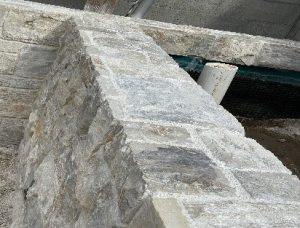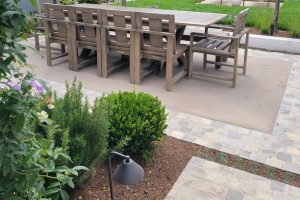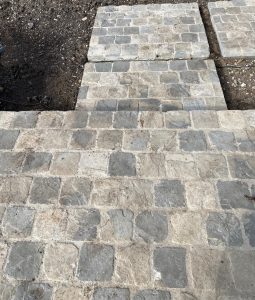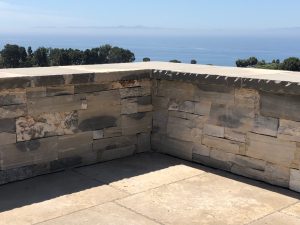
Limestone has long been prized for its timeless beauty, durability, and architectural versatility. In modern construction, limestone stone veneer has become an increasingly popular option for exteriors—offering the natural charm of quarried stone without the weight or cost of full-thickness blocks. Whether you’re upgrading your home’s curb appeal or designing a new commercial façade, limestone veneer provides elegance and strength that stands the test of time. In this comprehensive guide, we explore the top trends, expert tips, and essential considerations for using limestone stone veneer on exteriors.
Why Limestone Stone Veneer Is Ideal for Exterior Applications
Limestone stone veneer is more than just a design choice—it’s a practical and high-performance solution for exterior cladding.
It offers a perfect balance of durability and style, making it suitable for both traditional and modern architectural projects.
Durability Meets Aesthetics
Limestone is a sedimentary rock known for its strength and resilience. As a veneer, it delivers the same enduring quality as full stone but with easier handling and lower installation costs. Its neutral tones, subtle texture, and adaptability make limestone stone veneer a preferred option for homeowners, architects, and designers looking to add lasting appeal.
Lightweight and Cost-Efficient
Compared to full-thickness stone, limestone veneer is significantly lighter, which reduces labor, transportation, and structural support costs. Its efficiency in installation and long-term maintenance makes it an excellent investment for exterior walls, chimneys, and columns.
Top Exterior Design Trends with Limestone Stone Veneer
The use of limestone stone veneer continues to evolve, blending classic textures with contemporary architectural elements. The latest trends reflect both a return to natural aesthetics and a push for clean, minimalist lines.

Mixed Material Facades
One of the hottest trends in exterior design is combining limestone stone veneer with other materials like wood, glass, or steel. This approach creates visual contrast while maintaining a cohesive architectural language. The soft, organic nature of limestone balances the hard lines of metal or the warmth of timber, resulting in facades that are both bold and inviting.
Linear Cuts and Modular Patterns
While traditional irregular stone patterns remain popular, many designers are opting for sleek, modular configurations. Linear cuts and horizontal patterns lend a modern feel, particularly for mid-century or contemporary homes. These patterns give limestone a refined edge while preserving its natural charm.
Installation Tips for a Professional Finish
Correct installation is critical for the success of any limestone stone veneer project. Even the highest-quality stone will underperform if not installed properly, particularly in demanding outdoor environments.
Prepare the Surface for Adhesion
Before installation begins, the substrate must be clean, level, and free from debris or moisture. A weather-resistant barrier or lath system is often necessary to ensure a secure bond. Failing to properly prepare the surface can lead to moisture infiltration and long-term structural issues.
Use the Right Mortar and Grouting Techniques
Exterior applications require mortar that can withstand temperature fluctuations and moisture. Use a high-quality polymer-modified mortar specifically formulated for stone veneer. Additionally, applying consistent mortar coverage on both the back of the stone and the wall surface—also known as “back buttering”—ensures a firm and even hold.
Maintenance and Longevity Considerations
One of the key advantages of limestone stone veneer is its low-maintenance nature. However, like any exterior surface, it still requires periodic care to preserve its beauty and structural integrity.
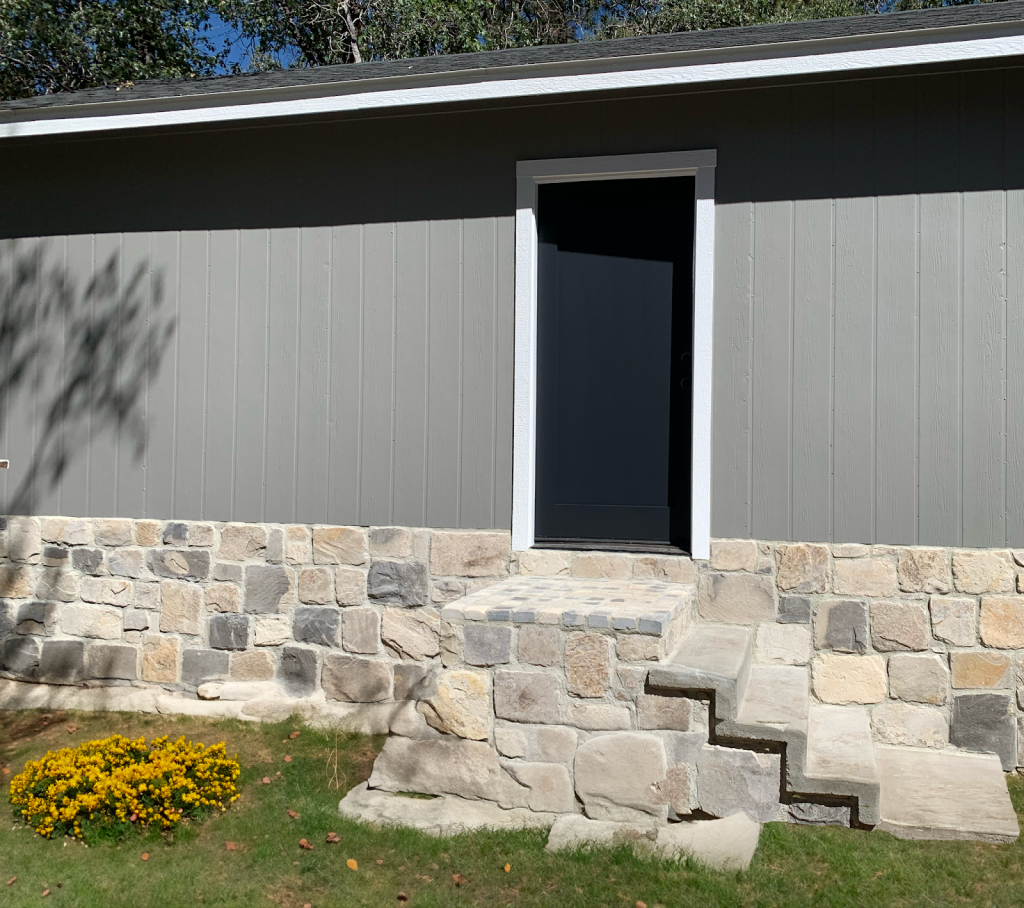
Cleaning and Sealing
To maintain the pristine appearance of limestone stone veneer, occasional cleaning with a mild detergent and water is recommended. Avoid acidic cleaners that can erode the stone’s surface. Sealing the veneer, especially in regions with high rainfall or freeze-thaw cycles, offers added protection against moisture and staining.
Inspecting Joints and Mortar
Annual inspections of mortar joints can help identify early signs of wear, cracking, or water penetration. Prompt repairs ensure the structure remains sealed and secure, prolonging the life of your veneer investment.
Eco-Friendly and Sustainable Building Benefits
As sustainability becomes a growing priority in construction, limestone stone veneer offers several environmentally friendly advantages that align with green building practices.
Natural and Recyclable Material
Limestone is an abundant, natural resource that requires minimal processing. It’s non-toxic, recyclable, and does not emit harmful VOCs (volatile organic compounds), making it a safe and sustainable cladding material for eco-conscious builders and homeowners.
Energy Efficiency Contributions
Natural stone veneers like limestone offer thermal mass benefits, meaning they can help regulate indoor temperatures by absorbing and releasing heat. When used in exterior walls, this thermal capacity can reduce HVAC loads and improve energy efficiency in both residential and commercial buildings.
Choosing the Right Color and Texture for Your Design
With various colors, shapes, and finishes available, choosing the right limestone stone veneer is essential to achieve the desired aesthetic.
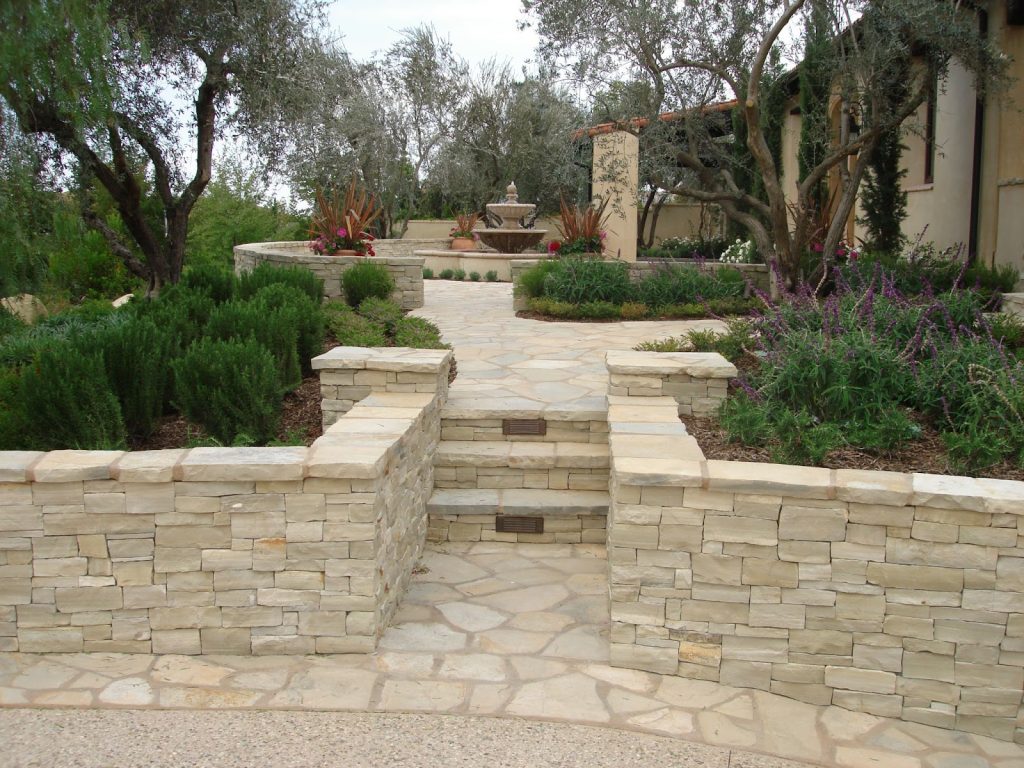
Warm Earth Tones vs. Cool Neutrals
Limestone veneers come in a spectrum of hues—from creamy beiges and soft greys to golden browns and light charcoals. Warm earth tones work well with traditional or rustic homes, while cool neutral tones complement contemporary and industrial designs.
Snap Face or Tumbled Finishes
Finishing textures can dramatically change the look of your exterior. A snap face finish highlights the raw, broken edge of the stone, giving a rugged, natural appearance that suits both traditional and modern landscapes. Tumbled stone, on the other hand, features softened edges and a gently weathered surface, creating an inviting, antique look that works beautifully for Mediterranean and old-world-inspired architecture.
Using Limestone Veneer for Outdoor Features
Beyond walls, limestone stone veneer is a versatile choice for various outdoor architectural features that can unify a design and boost curb appeal.

Fireplaces, Columns, and Entryways
Limestone veneer brings sophistication to outdoor fireplaces, garden walls, and entry columns. These elements can tie together various architectural themes and create focal points in outdoor living spaces.
Landscape Integration and Retaining Walls
When used on retaining walls or planters, limestone stone veneer blends your home’s architecture with the surrounding landscape. Its natural composition harmonizes with vegetation, pathways, and water features, creating a cohesive outdoor environment.
Partnering with the Right Stone Supplier
Choosing the right supplier can be as important as selecting the right stone. Quality, support, and product variety all impact the final result of your exterior project.
Product Consistency and Authenticity
Top-tier suppliers like Lompoc Stone offer premium limestone stone veneer with consistent sizing, coloration, and quality. This reliability ensures a uniform appearance and simplifies installation.
Technical Support and Customization
A reputable supplier provides more than just materials—they offer guidance. From custom cuts and finish selections to load-bearing recommendations and installation advice, your supplier should be a valuable resource throughout your project.
Frequently Asked Questions (FAQ)
What is limestone stone veneer used for?
Limestone stone veneer is used for exterior walls, fireplaces, columns, entryways, and landscaping features. It adds natural beauty and durability without the weight of full-thickness stone.
How long does limestone veneer last on exterior walls?
When properly installed and maintained, limestone veneer can last for decades, often outliving synthetic alternatives.
Is limestone veneer weather-resistant?
Yes. Limestone is naturally resilient to weather and temperature changes, and sealing can further enhance its water resistance.
Can limestone veneer be installed over wood or drywall?
Not directly. A moisture barrier and metal lath system must first be applied to ensure proper adhesion and durability.
Does limestone stone veneer require regular maintenance?
Minimal maintenance is required. Occasional cleaning and periodic inspections of mortar joints help preserve its look and performance.
Conclusion
Using limestone stone veneer for exteriors is an investment in timeless beauty, durability, and architectural value. Whether you’re designing a sleek modern residence or enhancing a traditional estate, limestone offers unmatched flexibility and enduring style. With the right design vision and expert installation, it creates a welcoming and impressive exterior that elevates any structure.
At Lompoc Stone, we’re proud to provide premium limestone stone veneer crafted to meet the highest standards of aesthetics and performance. From color and texture options to full technical support, our team helps bring your design goals to life—whether it’s a luxury home, a commercial property, or a landscape feature. Choose Lompoc Stone for authentic natural stone products that define elegance and excellence.
Contact us today to explore our full range of limestone veneer solutions and begin your exterior transformation with confidence.

